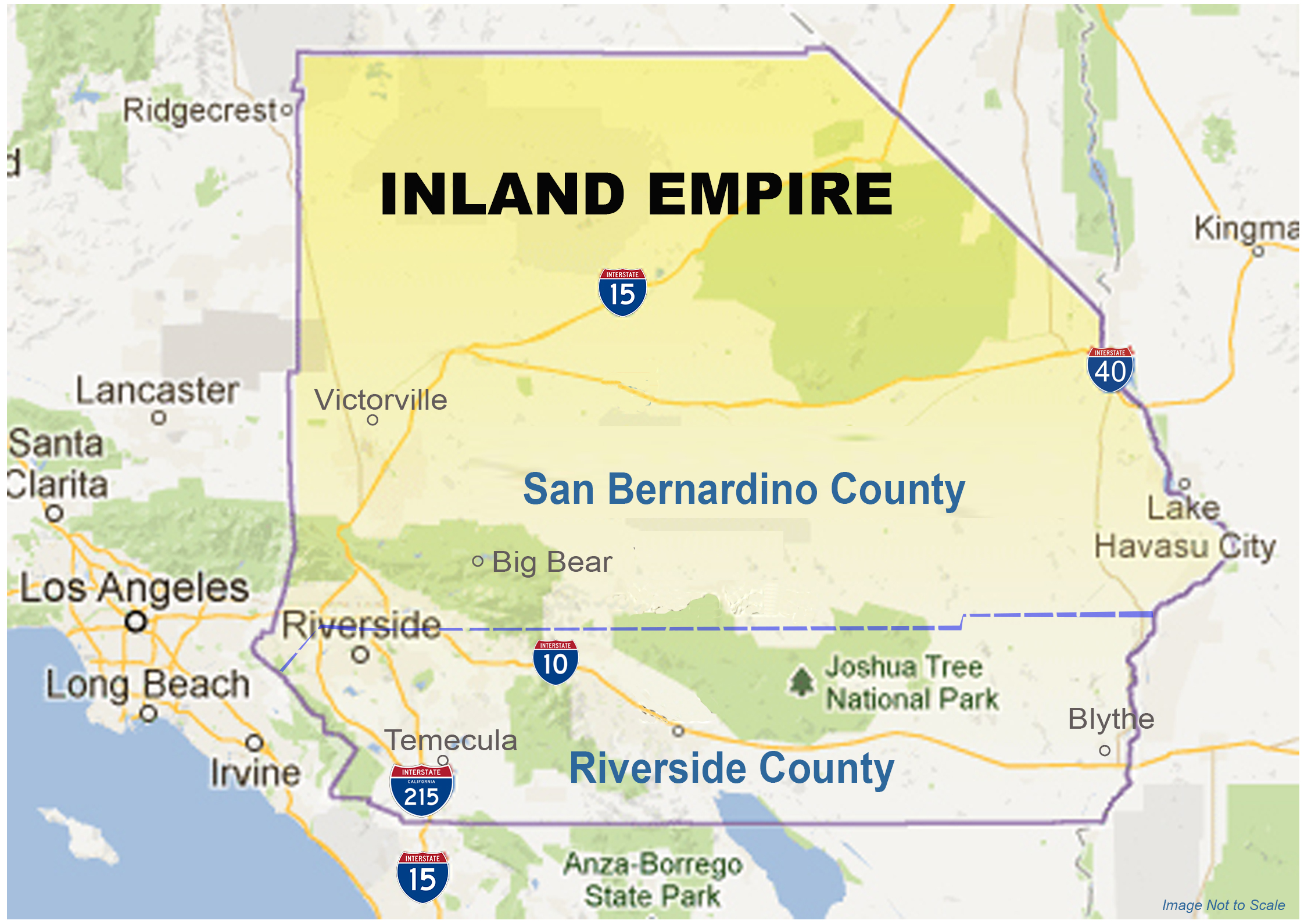
Explosive industrial development, robust job creation, housing appreciation, record low interest rates, massive infrastructure improvements and substantial growth at Ontario International Airport all contributed to a strong retail real estate market for SoCal’s Inland Empire in 2019 and set the table for a likely positive 2020.
Here are just a few recent Inland Empire economic headlines:
- The Inland Empire industrial market is leading the nation with over 25M square feet under construction and a vacancy rate of around 2%. Over 100M square feet of industrial space has been constructed in the past 5 years. As far as we know this is the most development of any market in the United States.
- 31,000 jobs were created in the Inland Empire for the 12 months ending October 31, 2019 representing a 2% growth rate outperforming all other regions in California. This compares to a rate of 1.1% in Los Angeles County, 1.8% in Orange County, and 1.8% statewide.
- Wages in the IE have increased 3.8% in the past year.
- Passenger volume at Ontario International Airport rose 8.4% in the first 11 months of 2019 and the airport has earned the designation as the fastest growing airport in the US for the second year in a row by Global Traveler.
- In 2019, Riverside County added 22,740 residents and San Bernardino County added 18,710 residents. This ranks them #1 & #2 respectively in California. Since the state only added a total of 48,400 residents it illustrates that many counties actually had a net loss in 2019 including LA County which lost almost 10,000 residents.
- Taxable sales have increased 3.8% as of June 30, 2019 (most recent data).
- Home prices in the 3rd quarter of 2019 were up 4.7% compared to a year ago. The median price in Riverside and San Bernardino Counties increased to $409,500 and $350,000 respectively.
- Residential sales were up 5.6% in November compared to a year ago.
- AND although we could not find a good article about the topic, if you drive the freeways you’ll see a plethora of infrastructure improvement projects designed to keep the residents of the IE moving.
Based upon this information, here is what we see happening in the Inland Empire’s retail market as we look ahead to 2020.
Investment Sales Volume: Although sales volume has been fairly steady over the past 5 years with a range of $1.2B trading in 2016 and 1.8B trading in 2015, the average for the past 6 years has been 1.5B. In 2019, we were extremely close to the 6-year average, but final numbers will not be available for a few more weeks. I’m not surprised 2016 was the lowest volume year and I expect that 2020 will also see a decrease in volume as presidential elections tend to cause investors to sit back and watch the market. Combine that with the split roll tax also being on the ballot in November 2020 and commercial real estate investor uncertainty will be higher as we get later in the year. Hence, if you are thinking of selling, you should be going to market with your property now before the 2020 election cycle gets into full swing.
Cap Rates: Overall cap rates have hovered around 6.3% for the better part of the past 3 years. But this data is skewed based upon product type. High quality single tenant credit leases with long terms are trading at a range of 4.25 to 5.25%. Non-credit single tenant properties or single tenant properties with challenges trade from 6 to 9%. High quality multi-tenant properties are trading between 5 to 6% while lower quality or larger multi-tenant properties are trading between 6 to 7.5%. Based upon the uncertainty stated above, cap rates might trend up as sellers elect to reduce their expectations in order to fulfil their goals of selling certain assets.
Vacancy: Current retail vacancy is 6.9% down from 7.2% at the beginning of the year. It will likely increase in 2020 due to the closing of Sears/Kmart stores in Montclair, San Bernardino, Victorville, Moreno Valley, Palm Desert, Riverside, and Temecula. In addition, Forever 21 is closing stores in Montclair and Rancho Mirage. These closings alone could bump the vacancy rate up by 50 basis points. We do anticipate that high quality shop space will remain a tight market. As we have previously reported, a substantial amount of the Inland Empire’s vacancy is based upon vacant boxes being available within a very small amount of the overall building inventory.
New Construction: According to Costar, there is 1.2M square feet of retail space “Under Construction” compared to a little over 2M square feet 18 months ago. Of the 1.2M square feet, about 30% of it is in one project in Indio which has just a few announced pad users so this really is not “under construction”. Three other projects located in Beaumont, Calimesa, and Montclair, comprise another 30% and they should wrap up in the first 6 months of the year. Effectively we have less than 1% supply growth in a market of 190M square feet.
Anecdotally, as I have been driving the market over the past few months, I am impressed with the activity in most shopping center parking lots. That being said, I find that I am frequently behind a FedEx, UPS, USPS, or Amazon vehicle which is a constant reminder of the challenges and opportunities in the retail market.
As we close out 2019 (and the decade), we are grateful for our wonderful relationships with our clients and colleagues and wish everyone a Happy, Healthy & Prosperous 2020!